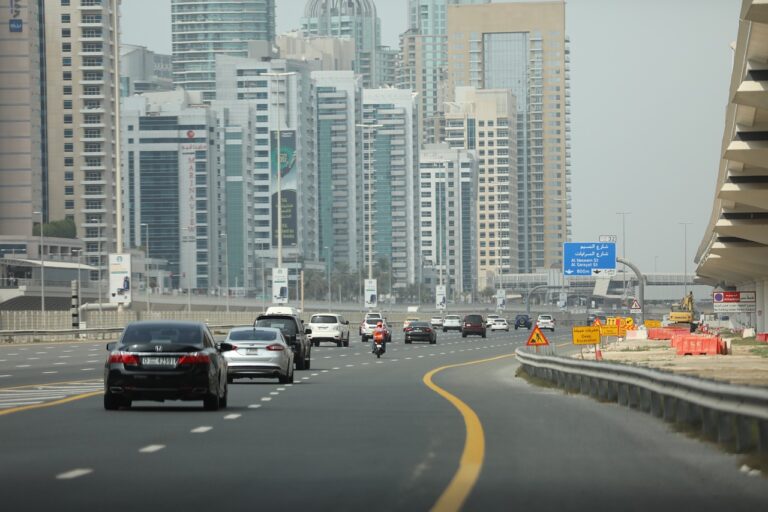The Influence of Urban Planning on Sustainable Transportation Infrastructure
Urban planning and transportation infrastructure have played essential roles in shaping the development of cities throughout history. From the ancient civilizations of Mesopotamia and Egypt, where the first planned cities and transportation networks emerged, to the industrial revolution in the 19th century, when advancements in transportation led to urban sprawl and the rise of megacities, the interaction between urban planning and transportation has been a constant theme.
In the early 20th century, the advent of automobiles and improved road networks further transformed urban landscapes, with cities expanding rapidly to accommodate the growing demands of private transportation. The mid-20th century saw the rise of urban planning movements focused on creating more livable cities through initiatives such as pedestrian-friendly neighborhoods and public transportation systems. Today, urban planning and transportation infrastructure continue to evolve, with a growing emphasis on sustainability, accessibility, and inclusivity in urban development projects around the world.
The Importance of Sustainable Transportation in Urban Areas
In today’s rapidly growing urban areas, the necessity for sustainable transportation solutions is becoming increasingly evident. With swelling populations and rising concerns over environmental degradation, incorporating sustainable modes of transportation has become a pressing issue for city planners around the globe. The implementation of efficient public transportation systems, bike lanes, and pedestrian-friendly infrastructure not only helps reduce congestion and minimize pollution but also promotes a healthier and more active lifestyle among urban residents.
Moreover, sustainable transportation plays a crucial role in fostering social equity within urban areas. By offering affordable and accessible transportation options to all individuals, regardless of income or ability, cities can ensure that everyone has equal opportunities for mobility and connectivity. Supporting sustainable transportation initiatives not only enhances the quality of life for residents but also contributes to building more inclusive and resilient communities that thrive in the face of urban challenges.
What is sustainable transportation?
Sustainable transportation refers to modes of transportation that have a minimal impact on the environment and promote economic and social equity.
Why is sustainable transportation important in urban areas?
Sustainable transportation is important in urban areas because it helps reduce air pollution, congestion, and greenhouse gas emissions. It also promotes a healthier lifestyle and improves overall quality of life for residents.
How does sustainable transportation benefit urban residents?
Sustainable transportation benefits urban residents by providing them with affordable, efficient, and safe transportation options. It also helps reduce the reliance on cars, leading to less traffic congestion and better air quality.
What are some examples of sustainable transportation in urban areas?
Examples of sustainable transportation in urban areas include walking, cycling, public transportation, carpooling, and electric vehicles. These modes of transportation have a lower environmental impact compared to driving alone in a car.
How can urban planners promote sustainable transportation?
Urban planners can promote sustainable transportation by investing in public transportation infrastructure, creating pedestrian and cycling-friendly spaces, implementing policies that encourage carpooling and telecommuting, and incentivizing the use of electric vehicles.







